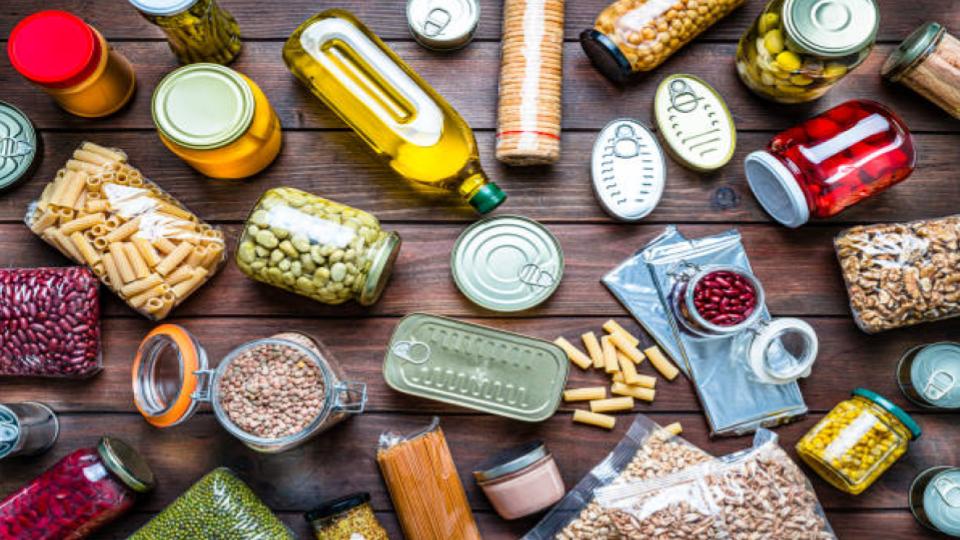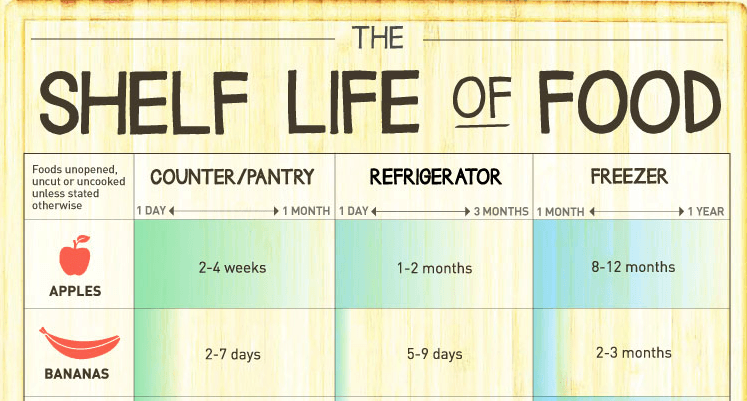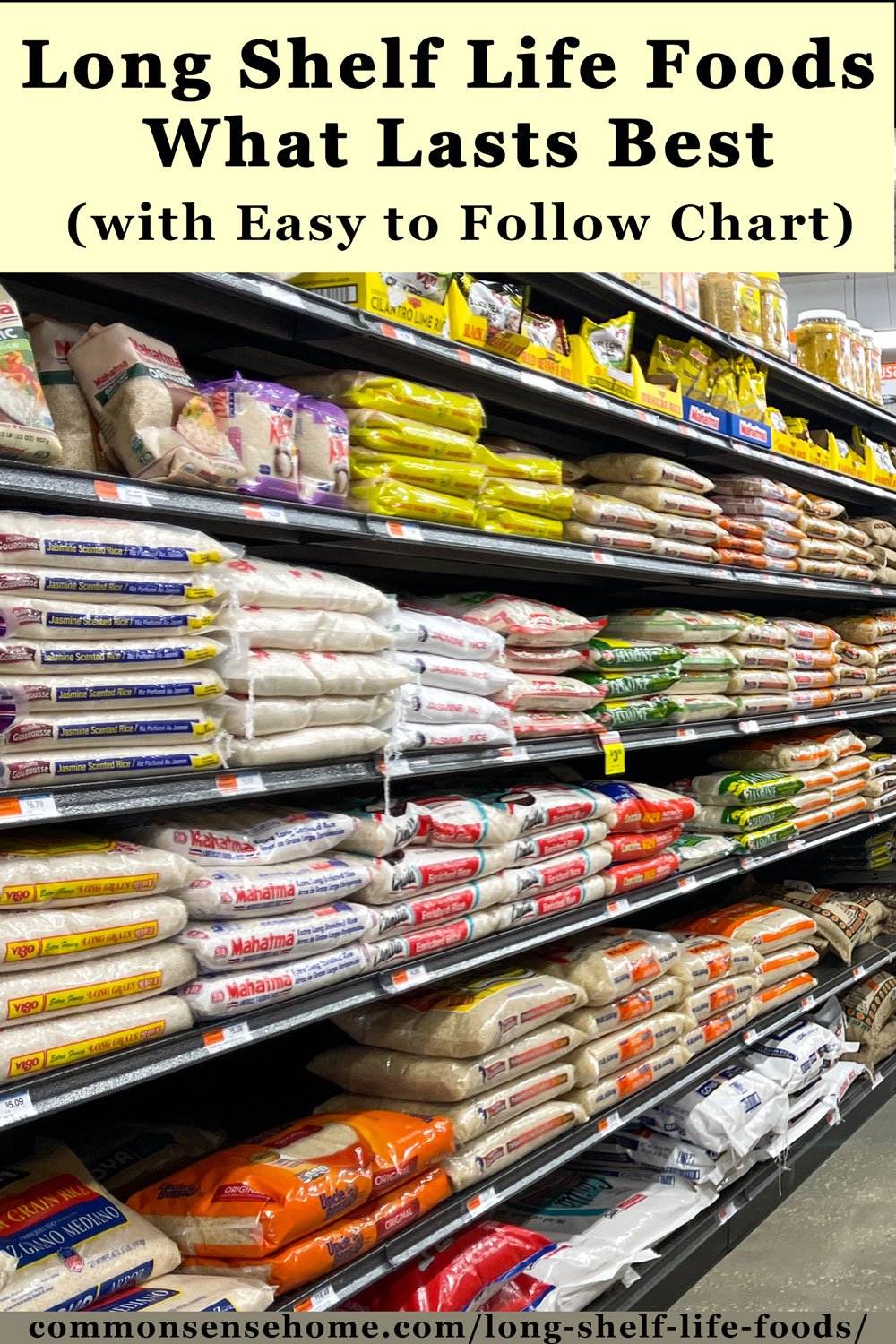There are a lot of things to consider when stocking up on survival food. But one of the most important factors is shelf life. After all, what good is survival food if it goes bad before you have a chance to use it?
So what are the longest-lasting survival foods? Here are a few that will help you make it through even the toughest times:
- Dried beans: With a shelf life of up to 30 years, dried beans are a great option for long-term food storage. Just make sure to keep them in a cool, dry place.
- Rice: Properly stored, rice can last for up to 30 years. It’s a great staple for any survival diet because it’s inexpensive and has a long shelf life.
- Powdered milk: Powder milk can last up to 20 years if stored properly. It’s a good source of calcium and protein, making it an essential part of any survival diet

Introduction
When an emergency strikes, having survival food on hand can mean the difference between life and death. But what kind of survival food should you stockpile? What survival food has the longest shelf life and how can you be sure it will still be edible when you need it?
To help you find the best emergency food for your needs, we’ve compiled a list of the top 10 options, as well as some important considerations to keep in mind when stockpiling.
What is survival food?
Survival food is any food that can be stored for long-term consumption. It typically refers to non-perishable items that can be stored for months or years at a time. Survival food is often used in emergency situations, such as when a natural disaster strikes or you find yourself stranded in the wilderness.
There are many different types of survival food, but some items have a longer shelf life than others.
Here are 10 survival foods with the longest shelf life:
- Rice
- Canned beans
- Hardtack
- Dried Fruit
- Nuts and Seeds
- Salt
- Jerky
- Honey
- VINEGAR
- Canned goods
The benefits of having survival food
While you may not like the idea of eating survival food, it is important to remember that it is a necessity if you want to be prepared for an emergency situation. In addition to providing you with the sustenance you need to survive, survival food can also help you stay calm and focused in a crisis situation.
One of the benefits of having survival food is that it can give you peace of mind. Knowing that you have the food and supplies you need to survive can help ease your anxiety in an emergency situation. It is also important to remember that not all emergency situations are the same. Some may only last a few hours, while others could go on for days or weeks. Having long-term survival food will ensure that you are prepared for any eventuality.
Another benefit of having survival food is that it can help you stay healthy in an emergency situation. If there is no clean water available, or if sanitation conditions are poor, eating Survival food can help reduce your risk of contracting a disease. Eating Survival food can also help you maintain your energy levels and avoid fatigue.
Finally, survival food can also be used as barter items in an emergency situation. If you have extra food and supplies, you may be able to trade them with other people for items that you need. This could be especially helpful if you are trying to escape from a dangerous area or if you need to trade for medical supplies.
The different types of survival food
There are many factors to consider when stocking up on survival food. Will you need it to last for weeks, months, or even years? What kind of climate will you be storing it in? How much space do you have?
The most important factor in choosing survival food is shelf life. Some foods will last much longer than others.
Here is a look at some of the different types of survival food and how long they will last:
- Canned goods: Canned goods can last for years if stored properly. They should be stored in a cool, dry place away from sunlight.
- Dried goods: Dried goods such as rice, beans, and wheat can also last for years if stored properly. They should be stored in a cool, dry place in an airtight container.
- Freeze-dried food: Freeze-dried food can last for years if stored properly. It does not need to be refrigerated and can be eaten without cooking.
- Dehydrated food: Dehydrated foods such as fruit and vegetables can last for weeks or months if stored properly. They should be stored in a cool, dry place in an airtight container.
- Emergency rations: Emergency rations such as MREs (Meals Ready-to-Eat) are designed to last for days or weeks. They do not need to be refrigerated but should be kept in a cool, dry place.
The longest shelf life survival foods

When an emergency strikes, you don’t have time to run to the store for food. That’s why it’s important to have a supply of non-perishable items on hand that will last until help arrives. Here are 10 of the best survival foods with a long shelf life that you can stock up on today.
- Canned goods: Canned fruits, vegetables, meat, and fish can last for years if stored properly. Be sure to rotate your supply so that you’re using the oldest cans first.
- Dry goods: Rice, pasta, cereal, and other dry goods can last for months or even years if they’re stored in a cool, dry place. Again, be sure to rotate your supply so that you’re using the oldest items first.
- canned milk: Shelf-stable milk can last for months or even years if it’s stored in a cool, dry place. Be sure to check the expiration date before using it.
- Dehydrated fruit: Dried fruits like raisins and apricots can last for months or even years if they’re stored in a cool, dry place.
- Nuts and seeds: Nuts and seeds can last for months or even years if they’re stored in a cool, dry place.
- Peanut butter: A jar of peanut butter can last for months or even years if it’s stored in a cool, dry place. Be sure to check the expiration date before using it.
- Hardtack: This long-lasting staple was used by sailors and pioneers alike. Hardtack will keep indefinitely if it’s stored in a cool, dry place.
- Honey: A jar of honey can last indefinitely if it’s stored in a cool, dry place.
- Chocolate: Chocolate can last for months or even years if it’s stored in a cool, dry place. Be sure to check the expiration date before using it.
- Coffee: A tin of coffee beans can last for months or even years if it’s stored in a cool, dark place
Powdered milk
Milk is a nutritional powerhouse, providing essential vitamins and minerals that are key for growth and development. Powdered milk is a convenient and cost-effective alternative to fresh milk, offering the same nutrition with a longer shelf life. From its origins as a staple in the military rations of the 19th century to its use in the home kitchen today, powdered milk has become a versatile and popular dairy product. In this blog, we’ll explore the history and benefits of powdered milk, as well as how to use it in recipes. So, join us as we dive into the world of powdered milk.
Dried beans
Dried beans are a pantry staple that can offer a variety of nutritional benefits. Not only are they packed with protein, minerals, and vitamins, but they are also incredibly versatile and budget-friendly. From classic chili to inventive tacos, there are countless dishes you can make with dried beans. In this blog, we’ll explore the different types of dried beans and the various ways you can enjoy them.
Canned fruits
When it comes to stocking your pantry, few items are as versatile and convenient as canned fruits. From sweet to savory, these shelf-stable fruits can be used in a variety of recipes and meals, making them a great addition to any kitchen. In this blog, we’ll explore the many uses for canned fruits, and how to make the most of them in your cooking.
How to store survival food?
Survival food is any food that can help you survive during an emergency situation. It’s important to have a variety of foods with a long shelf life so you’re prepared for any type of disaster.
Here are some tips for storing survival food:
- Store in a cool, dark place.
- Store in airtight containers.
- Label all containers with the contents and date.
- Inspect all food before eating it. Throw away any food that is expired or has signs of spoilage.
- rotate your survival food supply every 6 months.
How to store food for maximum shelf life?

Do you want to learn how to store food for maximum shelf life? If so, you’ve come to the right place. Proper food storage is essential for keeping food fresh and safe to eat. With the right techniques, you can keep food for as long as possible and reduce food waste.
The key to storing food for maximum shelf life is high-quality storage containers and proper storage techniques. Here are some tips to keep in mind:
1. Choose the right containers.
Choose airtight containers to store dry foods, such as grains, cereals, and baking ingredients. Airtight containers work best for keeping out moisture and pests. For wet foods, such as fruits and vegetables, use glass jars with lids. Plastic containers are also great for storing leftovers.
2. Consider the temperature.
Most foods should be stored in cool, dark places to prevent spoilage. The temperature should be below 40 degrees Fahrenheit for the best results. Refrigeration and freezing are also great ways to extend the shelf life of food.
3. Use labels and dates.
Label your containers with the food item and the date it was prepared or purchased. This will help you use the food in a timely manner. Additionally, keep a food storage chart to make sure all your food is used before it spoils.
4. Organize your food.
Organize your food by type. Store all canned goods on one shelf, all grains on another, and so on. This will help you keep track of the food and make it easier to find what you need.
5. Keep food dry.
Moisture can cause food to spoil more quickly. To keep food dry, store it in airtight containers and away from sources of moisture. It’s also important to use containers that are the right size for the food.
With these tips in mind, you can store food for maximum shelf life. Keeping food fresh and safe to eat not only saves you money, but also helps to reduce food waste.
How to use survival food?
One of the main concerns people have when it comes to survival food is how long it will last. No one wants to invest in a stockpile of food that will go bad before it has a chance to be used. Here are some tips on how to choose survival food with a long shelf life.
Canned goods:
One of the best ways to ensure your survival food has a long shelf life is to choose canned goods. Canned fruits, vegetables, meat, and fish can all be stored for years and still retain their flavor and nutrition. When choosing canned goods, look for items that are low in sodium and without any dents or damage.
Dehydrated foods:
Dehydrated foods are another great option for survival food because they can last for years when stored properly. These foods include dried fruits, vegetables, and meats. When choosing dehydrated foods, look for items with no added sugar or salt and without any signs of spoilage.
Freeze-dried foods:
Freeze-dried foods are another great option for survival food because they can last for years when stored properly. Freeze-dried fruits, vegetables, and meats can all be stored for years and still retain their flavor and nutrition. When choosing freeze-dried foods, look for items with no added sugar or salt and without any signs of spoilage.
Conclusion
The best survival foods are those that have a long shelf life and do not require special storage or handling. While there are many different types of survival food, some items last longer than others. Here is a list of the top ten longest-lasting survival foods:
- Rice
- Beans
- Dehydrated fruits and vegetables
- Powdered milk
- Nuts and seeds
- Dried meats
- canned goods
- Cookies and crackers
- Chocolate
- Survival Seeds
